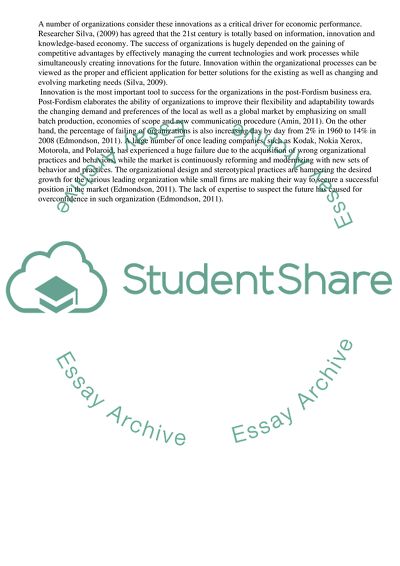Cite this document
(“Innovation Diffusion and New Product Growth Models Essay”, n.d.)
Innovation Diffusion and New Product Growth Models Essay. Retrieved from https://studentshare.org/management/1691235-the-trouble-is-that-most-organisations-are-unwittingly-designed-to-encourage-the-acquisition-of-behaviours-and-practices-they-wish-they-had-less-of-discuss
Innovation Diffusion and New Product Growth Models Essay. Retrieved from https://studentshare.org/management/1691235-the-trouble-is-that-most-organisations-are-unwittingly-designed-to-encourage-the-acquisition-of-behaviours-and-practices-they-wish-they-had-less-of-discuss
(Innovation Diffusion and New Product Growth Models Essay)
Innovation Diffusion and New Product Growth Models Essay. https://studentshare.org/management/1691235-the-trouble-is-that-most-organisations-are-unwittingly-designed-to-encourage-the-acquisition-of-behaviours-and-practices-they-wish-they-had-less-of-discuss.
Innovation Diffusion and New Product Growth Models Essay. https://studentshare.org/management/1691235-the-trouble-is-that-most-organisations-are-unwittingly-designed-to-encourage-the-acquisition-of-behaviours-and-practices-they-wish-they-had-less-of-discuss.
“Innovation Diffusion and New Product Growth Models Essay”, n.d. https://studentshare.org/management/1691235-the-trouble-is-that-most-organisations-are-unwittingly-designed-to-encourage-the-acquisition-of-behaviours-and-practices-they-wish-they-had-less-of-discuss.


